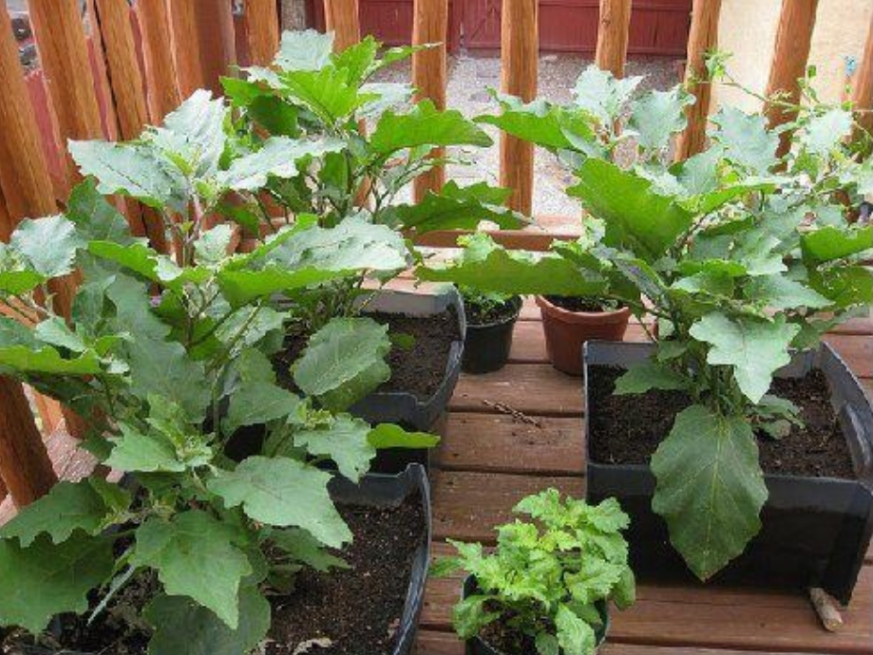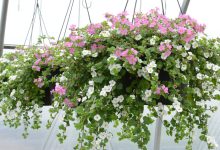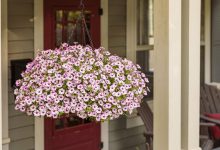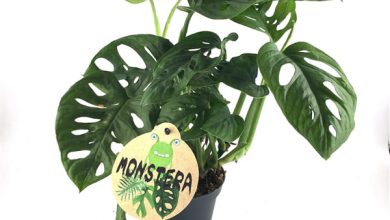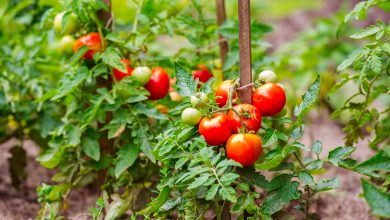how to grow tomatoes in pots
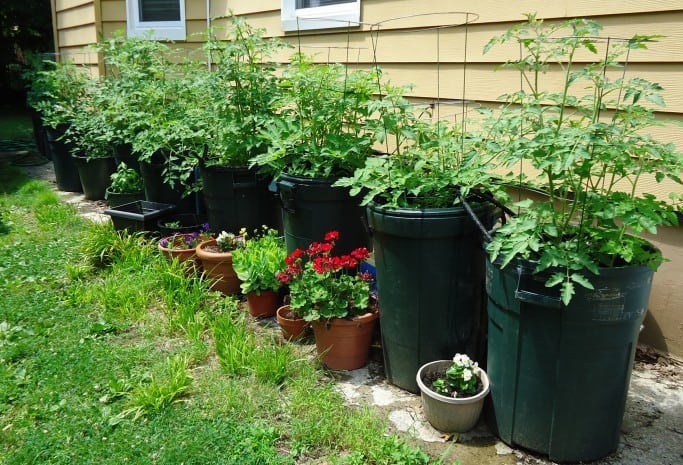
Container Gardening in Small Spaces: Fresh Produce From Your Patio, Deck, Balcony, Rooftop, or Rafters
Growing tomatoes, peppers, and eggplants in containers could not be simpler. TEPs are the stars of container gardening. Almost any pepper, eggplant, or determinate tomato plant can thrive in a container that is large enough to support it. While there are miniature varieties of these plants (such as patio tomatoes and some chili pepper plants), the smallest pot size I would use for most TEP plants would be five gallons. This is the size of a typical plastic bucket, though you are welcome to use a more attractive container than this.
Indeterminate tomato plants, which keep on growing until frost kills them, will run out of space pretty quickly in most containers. If the label on your seed packet or nursery seedling pot indicates an indeterminate variety, you should plant it in a larger container, preferably at least 15 gallons. Your plant can handle a smaller container, and will still produce fruit from a stunted plant, but you run
the risk of the plant’s roots strangling themselves in the container. Better to plant indeterminates in the ground or in very large containers, and use the normal containers for growing peppers, eggplants, and determinate tomatoes.
As for what kind of container to use, just about any material and design will work. Make sure it has drainage holes at the base. Bear in mind that porous materials such as terra cotta and wood tend to dry out more quickly, while plants in plastic, metal, or glazed ceramic pots can get pretty hot inside. This is doubly true if the pots are dark in color, such as black or dark green, while white absorbs much less heat.
related article: How to Grow Tomatoes, Peppers, and Eggplant
In cool climates and in places where summers are short, more heat can be a good thing. Your TEP plants will need every degree of extra temperature they can get. But in hot climates, especially on a hard surface like a patio or rooftop, those things can dry out and overheat in a few hours. If you expect high temperatures, then you might consider providing a source of afternoon shade and using containers that breath, such as wood or terra cotta.
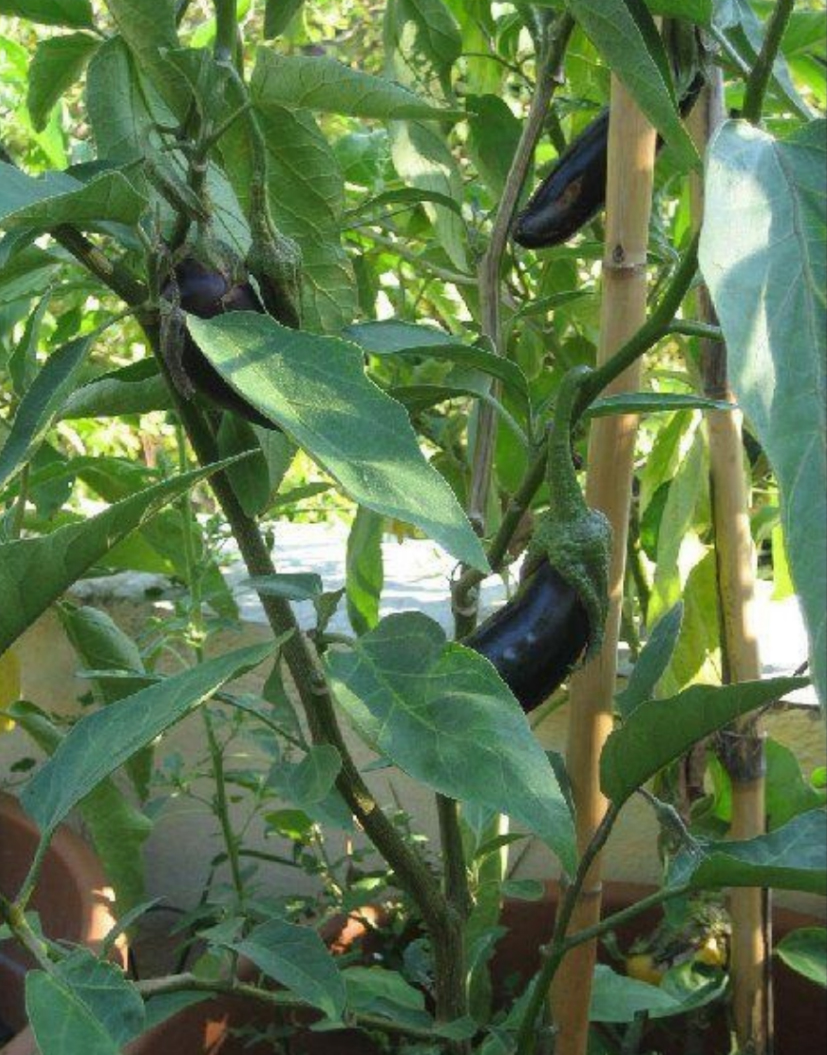
Also, it is best not to place containers directly on top of hard surfaces like patios and walkways. Instead, use a spacer made from wood or a few flat rocks to keep your pots an inch or two off the hard surface. That way, your plants will be less exposed to wide temperature fluctuations and there will be more aeration under the roots.
There are two newer types of containers that work really well for TEP plants. The first kind is a self watering planter and the second is a fabric pot or plastic grow bag. I sing their praises often. Both kinds allow you to increase your productivity over traditional containers. In many cases, you can expect to harvest even more tomatoes, peppers, and eggplants from one of these pots than from a plant grown in the ground soil.
Self watering planters (SWPs) come in many shapes and sizes. The two classic SWPs which I recommend for tomato, eggplant, and pepper plants are the Earthbox and the Tomato Success Kit from Gardeners Supply Company. The basic design of these SWPs begins with a rectangular plastic tub that is roughly two feet long, one foot wide, and one foot high. A few inches above the bottom, there is a plastic screen that sits inside the tub, separating the soil above from a water reservoir below.
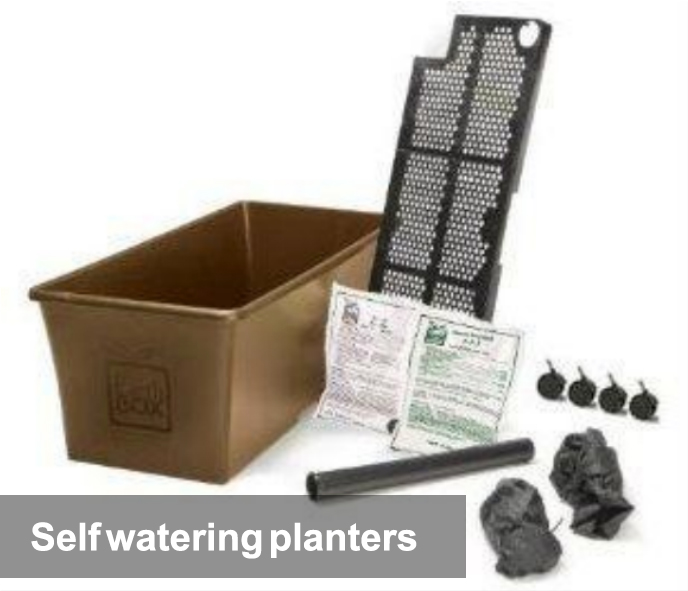
The soil (which actually is a planting mix that contains a lot of organic matter) has a small foot that sits in the water, wicking up moisture into the soil. The plants’ roots drink what they need, and more is drawn up into the soil from below as they need it. You add water to a SWP by way of a pipe or tube in the corner, and there is a drainage hole near the base which releases extra water.
Lazy gardeners, pay attention! SWPs make it almost impossible to overwater, but they can save you a great deal of time. In typical summer weather, the 3-4 gallons of water in the reservoir might last from a few days to a full week. By the way, I consider myself a lazy gardener also. If there are simple ways to make things easier, why not take advantage of them? I love taking care of my plants, but I don’t have time to go out there every day.
Most vegetable plants, including TEPs, absolutely thrive in self watering
planters. With the water coming up from below and fertilizer being applied on top (just scratch a few spoonfuls into the top few inches of the soil), the plants create a two-level root system. They also enjoy full aeration of their roots with the space below and the watering tube letting in plenty of oxygen. The end result is a nearly foolproof growing system that can survive on auto-pilot between watering. Plants grown in SWPs tend to be really happy and produce lots and lots of vegetables.
Fabric pots and grow bags are another good bet.
Fabric pots are made from a piece of synthetic felt, which is stitched up and usually creates a round, cylinder-shaped container. Because it is made of cloth, the sides and base are soft and only able to stand up when filled with soil. Usually dark in color, they heat the soil, yet the plants’ roots can breathe well thanks to the thousands of small holes in the porous fabric. Therefore, the soil temperature remains on the warm side of moderate, just what you want for subtropical plants.
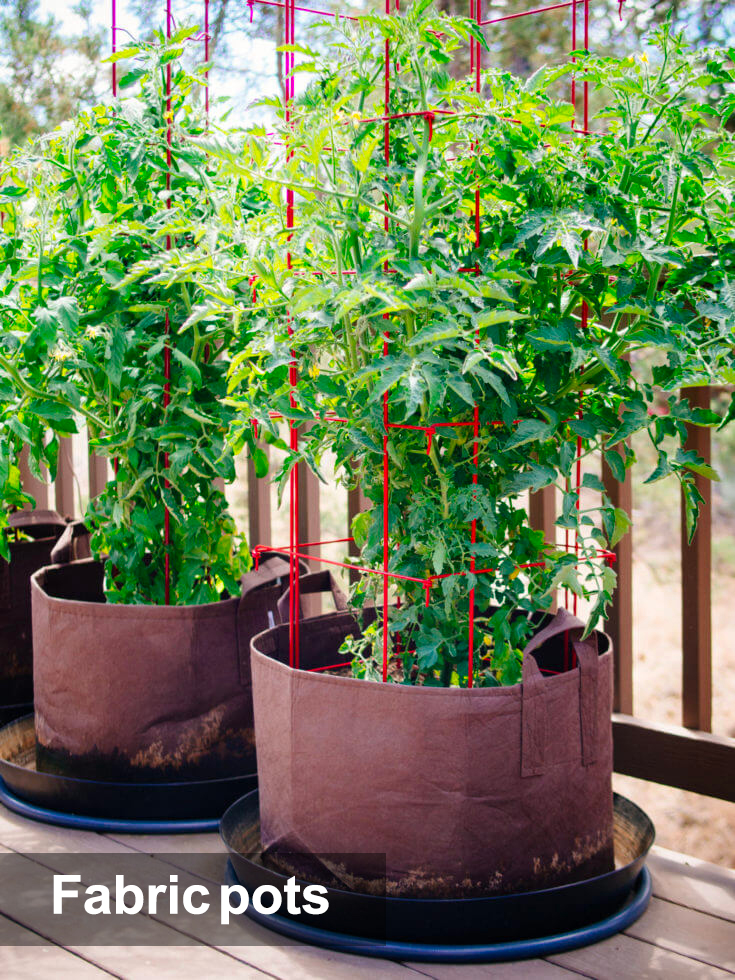
The holes in the fabric also have another important role. When the plant roots grow outward and encounter the air, they stop and branch out, most of them heading downwards. This so-called “air pruning” builds a stronger root system with a better-than-normal capability of nourishing the plant.
Frankly, I don’t really understand the science behind it. I just know that certain kinds of plants really flourish in fabric pots, while others do not. Potatoes, tomatoes, peppers, and eggplants are among those that do very well.
Similarly, a lot of “grow bags” and “potato grow bags” have been popping up lately at nurseries and online. Some of the manufacturers and retailers also have a similar product for growing tomatoes, while a few even have a smaller bag for peppers and a shallow one for lettuce. When filled with soil, some of these are cylindrical while others are square or rectangular. In truth, you could put TEP plants in most of these grow bags (even the potato ones) and they would be quite happy there.
These grow bags tend to be made from woven or perforated plastic. Therefore, they have lots of holes in the sides and their properties are similar to fabric pots. If you are short on space, some of these grow bags come with straps. You can hang them on a strong hook or over the end of a rafter.
Now that we have touched on the subject of hanging gardens, I cannot end this section without mentioning upside-down planters.
You need to cut a 2-inch diameter circle in the center of the bucket bottom. Many houses have a protruding rafter beam on the outside of their walls beneath the eaves at the edge of the rooftop. This or a strong hook can make a good hanging location if you secure the hanging planter safely. A strong tree branch could work, too, if the tree does not shade the location too much.
For a soil bag, you also need to cut a similar-sized planting hole, but you will need to reinforce this with a strong ring to prevent the bag from tearing further. The outer ring of a Mason jar lid or a PVC pipe fitting works well, secured to the bag by some duct tape. Also, take a close look at the rest of the soil bag. Many brands have small holes punched in the sides for aeration. This is not a bad thing, and you may prefer to keep these holes. But if you see any ripping, use some duct tape to cover it tightly.
When buying a soil bag, there are a few important considerations. First, either “potting soil” or “potting mix” can work; potting soil is a complete product that tends to be heavier, while potting mix is a lighter blend that contains more organic material. Either one can work for this. Keep an eye on whether the mix contains fertilizer or not, since this will affect whether you need to provide extra food for your plant.
Second, the ideal size for a soil bag to grow TEP plants would be somewhere in the range of 16 quarts to one cubic foot (holding 4.0-7.5 gallons of soil). Anything larger would be really heavy. You could suspend the bag by running a rope or a strong piece of wire through the top end of the bag (again, preventing any further rips with duct tape), and then looping this around your outside rafter beam.
With both the holey bucket and the holey bag, the procedure is to plant a large- sized seedling plant (not a small one) upright in the hole, water it in so the soil is moist, and then turn the whole thing upside down and hang it so the plant is growing downwards. Careful, it’s heavy. You will lose a little soil through the hole, but everything settles into place fairly soon. The plant and its root ball will hold the soil in place.
Yes, the upside-down plant will grow downwards and then outwards towards the sunlight. If it is hung at a reachable height, this makes harvesting easy and prevents the need for any staking or trellising. You water the plant from above, normally using a hose with an appropriate attachment. This may require putting another hole in the top of the soil bag, while the bucket lid could be removed or cut with a hole on top. If you keep the lid off, then cover the top few inches of the soil with mulch to make sure the soil does not dry out quickly from evaporation. Don’t forget to add a little organic fertilizer at the top of the soil (unless your bag of soil already contains fertilizer), which you should water in well.
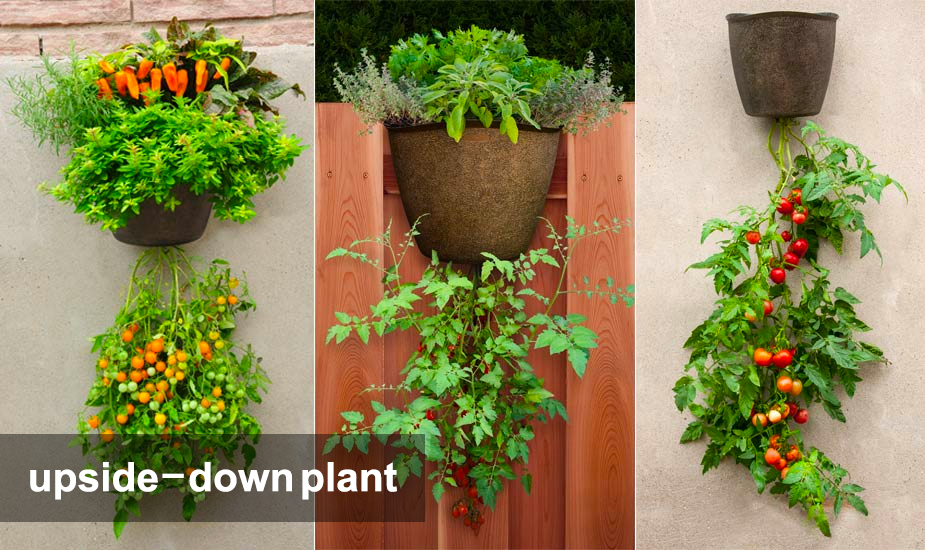
Finally, I want to emphasize that almost ANY kind of container should work fine for growing TEP plants. The ones I have mentioned here work very effectively, but there is nothing wrong with using a large pot or old tub. If you want to try something new, or want to take advantage of the time savings that self watering planters provide, then I hope this information on innovative containers is useful to you. But you do not need anything fancy to grow TEP plants; any old bucket, tub, or pot is just fine. Don’t forget to put some mulch on top, which will cut down on your need to water as frequently.
Below is a picture of some eggplants growing in plastic drawers from a storage container.
